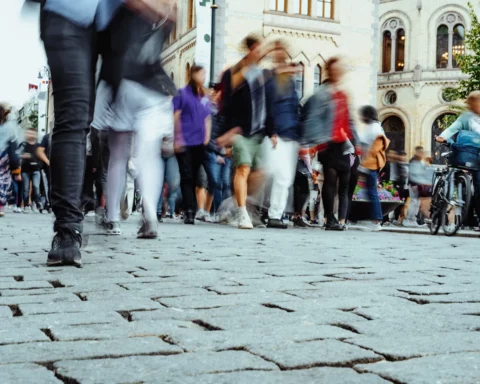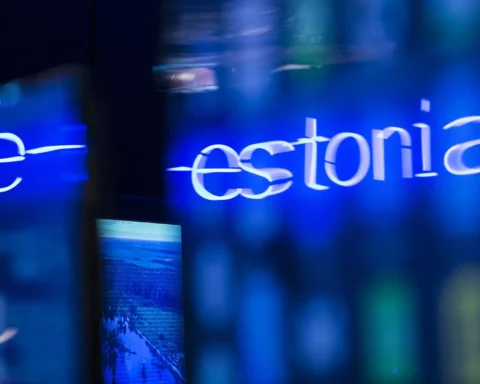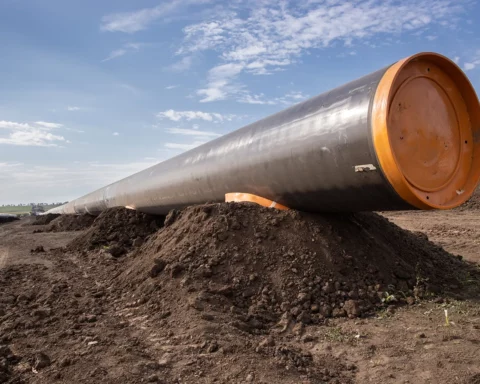In Q2, Slovenia’s GDP grew by 1.4% year-on-year, up from Q1’s 0.8%. The Statistics Office, on 16 August, attributed this surge to robust exports and a marked trade surplus. While imports dipped by 8.3%, exports slid only by 0.7%, contributing 6.7 points to GDP. Domestic consumption fell by 5.4%. Final consumption held steady, but fixed capital formation plummeted by 20.1%, mainly from reduced inventories. Still, investment in buildings caused a 9.3% rise in gross fixed capital formation. Household spending declined by 1.1%, a first in two years.
Employment increased by 1.2% to 1,093,200, with construction leading in job creation. However, the outlook remains uncertain. Recent floods cast a shadow on future projections. The Bank of Slovenia foresees declining export orders and tighter financing, affecting industries. IMAD, the government’s macroeconomic forecaster, echoes these concerns, emphasizing uncertainties linked to inflation, monetary policies, and energy prices’ effects on industries, as stated by IMAD director Alenka Kajzer.
Source: sloveniatimes.com






